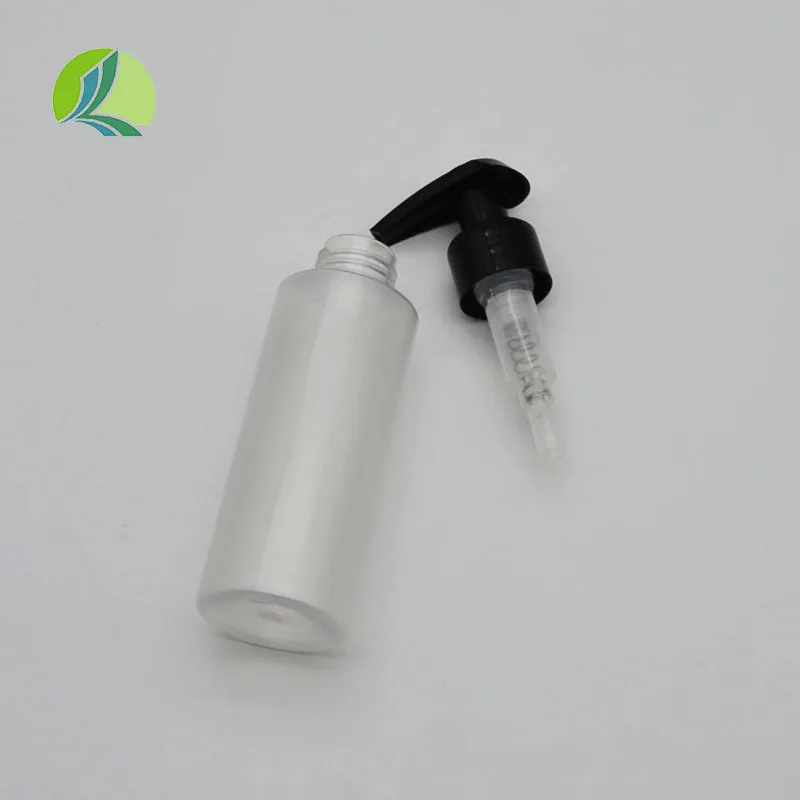https://www.wahmg.com/)">
science lab materials
science lab materials
Exploring the World of Science Lab Materials
Science education plays a pivotal role in the development of critical thinking and problem-solving skills among students. At the heart of any science class lies the science laboratory, a space brimming with tools and materials that transform theoretical concepts into tangible experiments. Understanding the essential materials used in science labs is crucial for both educators and students to maximize the learning experience.
Types of Science Lab Materials
Science lab materials can be categorized into several broad categories, each serving a unique purpose in laboratory work. These include glassware, equipment, chemicals, safety gear, and consumables.
1. Glassware
Glassware is one of the most fundamental components of a science lab. Common types of glassware include beakers, flasks, test tubes, and pipettes. Each piece has a specific use
- Beakers are used for stirring, mixing, and heating liquids, usually measuring their volumes. - Flasks, particularly the Erlenmeyer flask, are designed to hold liquids and reduce evaporation with their narrow necks. - Test tubes serve as containers for small amounts of substances needed for experiments that require precise measurements or reactions. - Pipettes are essential for transferring a specific volume of liquid, especially in biological and chemical experiments.
The durability and chemical resistance of glass make it a favored choice, although plastic alternatives are often used for single-use applications due to their safety and convenience.
2. Equipment
Beyond glassware, labs are outfitted with various equipment that aids in experimental procedures. This includes microscopes, centrifuges, spectrophotometers, and incubators.
- Microscopes allow students to explore the microscopic world, essential in biology and materials science. - Centrifuges are vital in separating substances of different densities, especially in biochemistry. - Spectrophotometers measure the amount of light that a sample absorbs, providing data critical for understanding chemical properties. - Incubators maintain optimal conditions for growing microorganisms, cells, or for temperature-sensitive reactions.
These pieces of equipment enable students to conduct complex experiments and gain practical skills that are invaluable in scientific research.
science lab materials

3. Chemicals
No science lab would be complete without a range of chemicals. These substances are often categorized as reagents, solvents, and indicators.
- Reagents are chemicals used to cause a reaction, such as acids, bases, and salts. - Solvents are used to dissolve other substances, commonly water, ethanol, or acetone. - Indicators help in determining the pH or presence of certain compounds, often changing color to signal a reaction.
Proper knowledge of these chemicals and an understanding of their properties and interactions is crucial for any aspiring scientist.
4. Safety Gear
Safety in the laboratory cannot be overstated. The use of personal protective equipment (PPE) is essential to ensure the well-being of everyone in the lab. Key items include
- Safety goggles to protect the eyes from chemical splashes. - Lab coats to shield skin and clothing from spills. - Gloves, often made from latex or nitrile, to prevent direct contact with hazardous substances.
Educators must emphasize the importance of safety protocols and proper usage of PPE to cultivate a culture of safety among students.
5. Consumables
Finally, consumables such as gloves, slides, and filter paper are critical for ensuring that experiments are conducted smoothly. These items are often single-use and need to be stocked regularly.
Conclusion
The variety of science lab materials available profoundly impacts the learning environment, allowing students to engage actively with scientific concepts. By familiarizing themselves with these materials, students not only enhance their understanding of science but also develop the skills necessary for future academic pursuits and careers in the field. As science continues to evolve, so too will the tools and materials available, making hands-on experience in a laboratory more vital than ever for the next generation of scientists.
-
Wholesale Plastic Juice Bottles with Caps 16 oz Options Available Bulk Packaging SolutionsNewsJun.10,2025
-
Laboratory Apparatus Reagent Bottle – Durable & Chemical Resistant Bottles for Safe StorageNewsJun.10,2025
-
Squeezable Dropper Bottles Durable, Leak-Proof & CustomizableNewsMay.30,2025
-
Affordable Plastic Petri Plates Sterile & Disposable Lab-GradeNewsMay.30,2025
-
Eye Dropper Caps Precision 24/410 & Plastic Bottle-Compatible TipsNewsMay.30,2025
-
Affordable Mini Spray Bottle Price & Wholesale Deals Shop NowNewsMay.29,2025





















